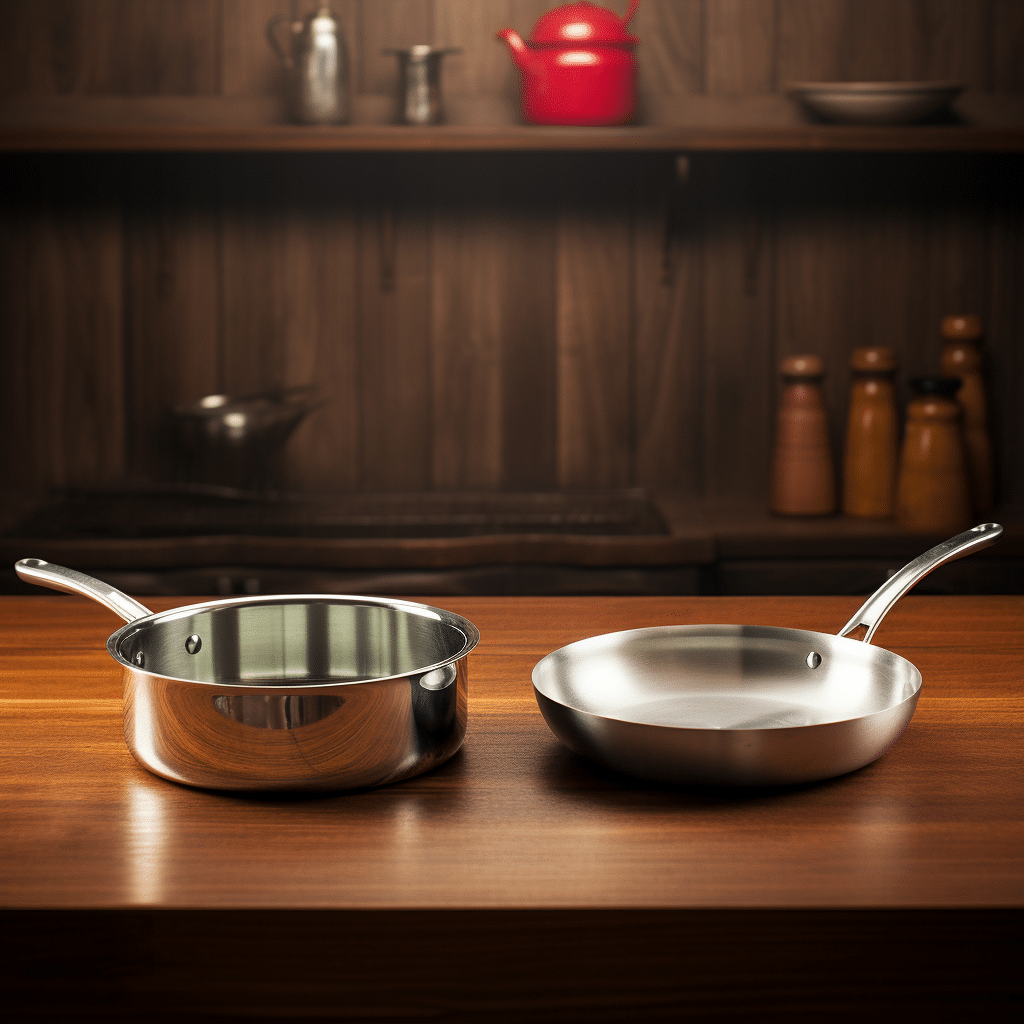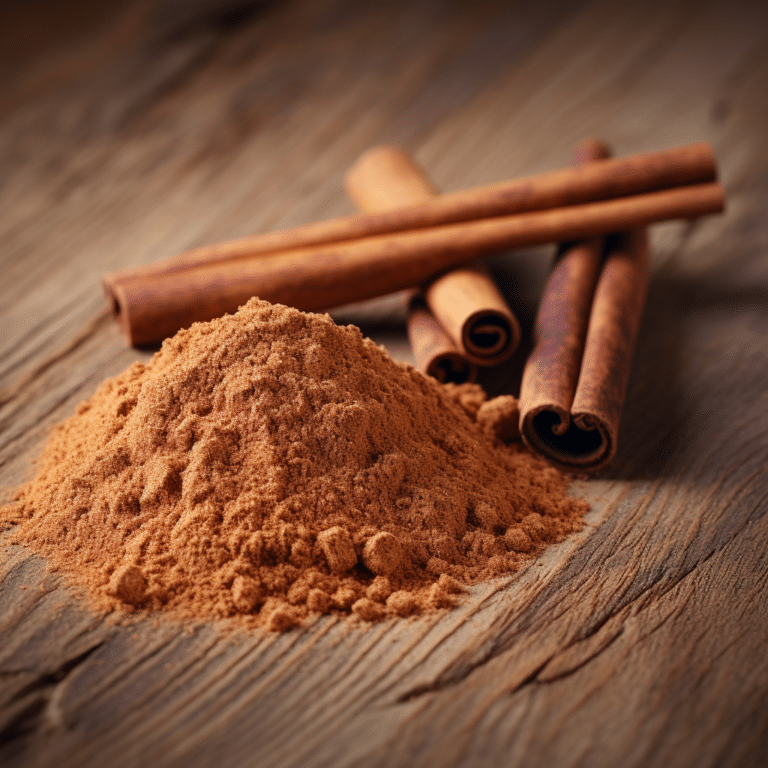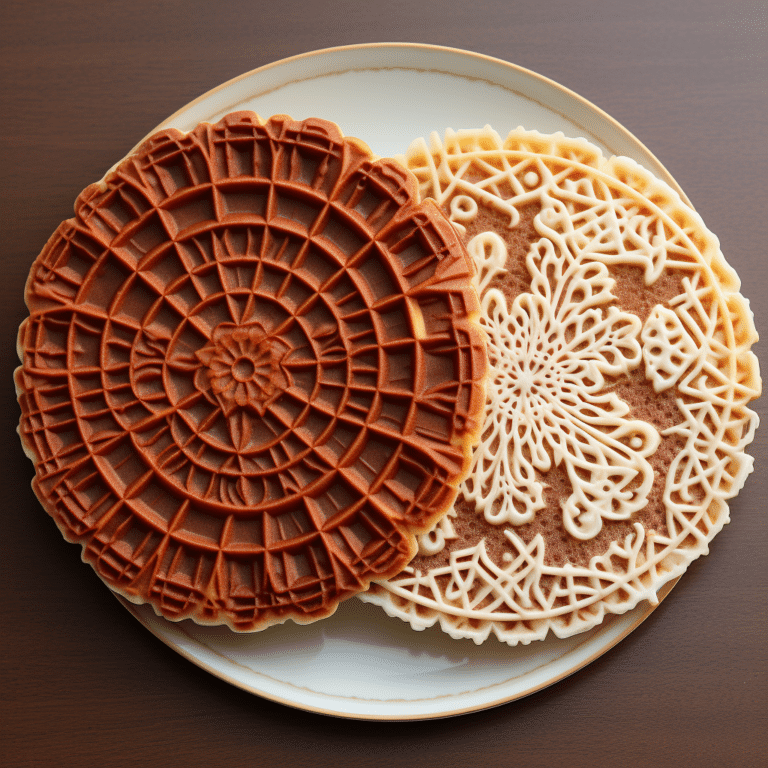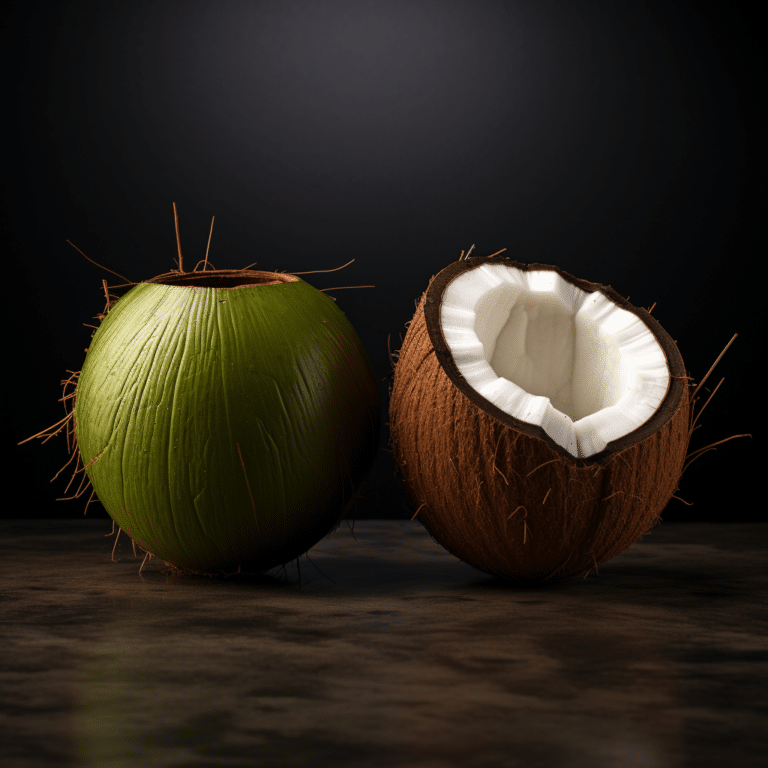Saucepan vs. Frying Pan: Differences and Uses
If you are not a professional chef or don’t cook for a living, you may not need all the pans on the market. There are many different pans, saucepans, saute pans, frying pans, etc. Some of these pans can look pretty similar at first glance. But on a closer look, you can differentiate which is which.
Saucepans and frying pans are used interchangeably by many people. But should that be the case, or does it go against cooking guidelines? What happens when you use one in place of another? Will it affect the outcome of whatever you’re cooking? Read on to get more insights on saucepans and frying pans and their similarities, differences, and advantages.

Saucepan vs. Frying Pan: Overview
The most notable difference between a saucepan and a frying pan is their appearance and use. A saucepan is deeper and holds more liquids than a frying pan. For this reason, it’s best used for making liquid dishes like sauces, soups, and stews.
On the other hand, a frying pan is shallower with a wider base. This makes it ideal for stir-frying and searing foods in hot oil, like eggs and meat.
Differences Between A Saucepan And A Frying Pan
Features
Let’s start with a saucepan. A saucepan is a deep cooking vessel having raised sides. Saucepans are known for being deeper than the pan’s overall width.
These pans are available in different sizes, with the smallest ones having a circumference of 15 cm and a height of 10 cm. Larger pans are deeper, with a height of up to 30 cm. These pans can hold as much as 3-4 liters of liquid. Note that the height of a saucepan is one of its unique selling points and among the most crucial things buyers look for when purchasing saucepans.
Sometimes a saucepan can look like a stockpot
Saucepans don’t always resemble frying pans. This is especially common with stockier and larger saucepans, not the small ones. The bigger a saucepan is, the greater its height.
Generally, saucepans come with lids. However, there are times when they are sold without lids. Saucepans also have handles, but the handles are short and not as long as those found on frying pans. Some saucepans may come with an extra handle for better grip.
Next, let’s discuss the frying pan. A frying pan is shallower than a saucepan with slanted sides. This is one of the most defining features of a frying pan. Frying pans are designed that way for a practical frying experience.
Generally, frying pans are smaller than saucepans. And even the biggest frying pan will look smaller than a saucepan. Although smaller, these pans are very broad, with the smallest size having a circumference of 30 cm. The height is much lower, ranging between 2 to 4 cm.
Frying pans have longer handles than saucepans. They also don’t come with lids, although some are sold with a lid as a combo. But if your frying pan doesn’t have a lid and you feel like using one, feel free to add a lid on top.
Culinary Uses
Besides the differences in features, there are also differences in culinary uses. Both saucepans and frying pans were each designed for specific cooking purposes. And knowing how each is supposed to be used is crucial so you can match your cooking dish and habits with the most suitable pan.
Saucepans, as the name suggests, are best used to make sauces. This type of pan is suitable for cooking anything liquid. So, you can use it for stewing, simmering, making pasta sauces, or soups.
Saucepans are also great for cooking small servings of various dishes like risotto, pasta, lentils, or boiling grain. They can hold food quantities up to 2 to 3 quarts, making them perfect for those cooking small food portions for about 2 to 3 people. But if you want to cook for more people, a stockpot is a better saucepan alternative.
Besides using on a stovetop or cooker, saucepans can also be used in the oven for braising. However, such saucepans should be oven-safe versions.
Frying pans, like the name, are best used for frying. These pans are generally smaller and, thus, ideal for quickly frying small food portions like bacon, eggs, or making pancakes. The shallow nature of the pan is also ideal for stir-frying vegetables.
Since the frying pan is shallow with a wider width area, it’s not perfect for boiling or making sauces, unlike the saucepan. That’s because the wider width will cause liquid to evaporate at a higher rate than if it didn’t have a wider base. This can result in sauces or whatever you’re cooking burning instead of cooking.
Benefits Of A Saucepan
There are various advantages of saucepans, like:
- Available in different sizes – the wide availability makes it easy to pick the perfect size for your meals.
- Better heat distribution – heat is more evenly distributed in saucepans than in frying pans, thanks to the higher walls.
- Flexibility – saucepans are versatile with many uses. They can be used as frying pans or a mini-dutch oven when popped into the oven with a lid on.
- Can cook almost anything – saucepans can cook more than sauces. For instance, stews, pasta, soups, and any other liquid-based food.
Benefits Of A Frying Pan
Frying pans too have various benefits, like:
- Better flavor – the shallow nature lets food breathe and avoid overcrowding, enhancing its flavor.
- Higher cooking speed – frying pans cook faster than saucepans.
- Wider than saucepans – frying pans are wider than saucepans, making them accommodate more food when cooking.
- Versatile – these pans are versatile and can cook eggs, pancakes, vegetables, fried rice, sausages, bacon, etc.

Conclusion
When choosing between saucepans and frying pans, look beyond their advantages, as each has its benefits. Establish your needs and what you generally cook to understand better whether to shop for saucepans or frying pans.
But even with that said, it’s good to have both two in your kitchen. Say, different sizes of saucepans and at least one frying pan. This way, you know you’re sorted and can make various meals best cooked with saucepans or frying pans.






